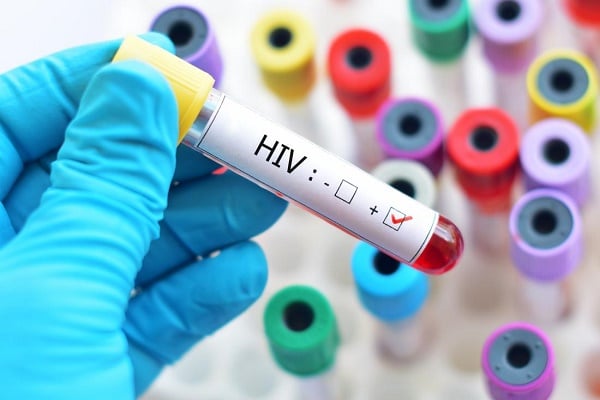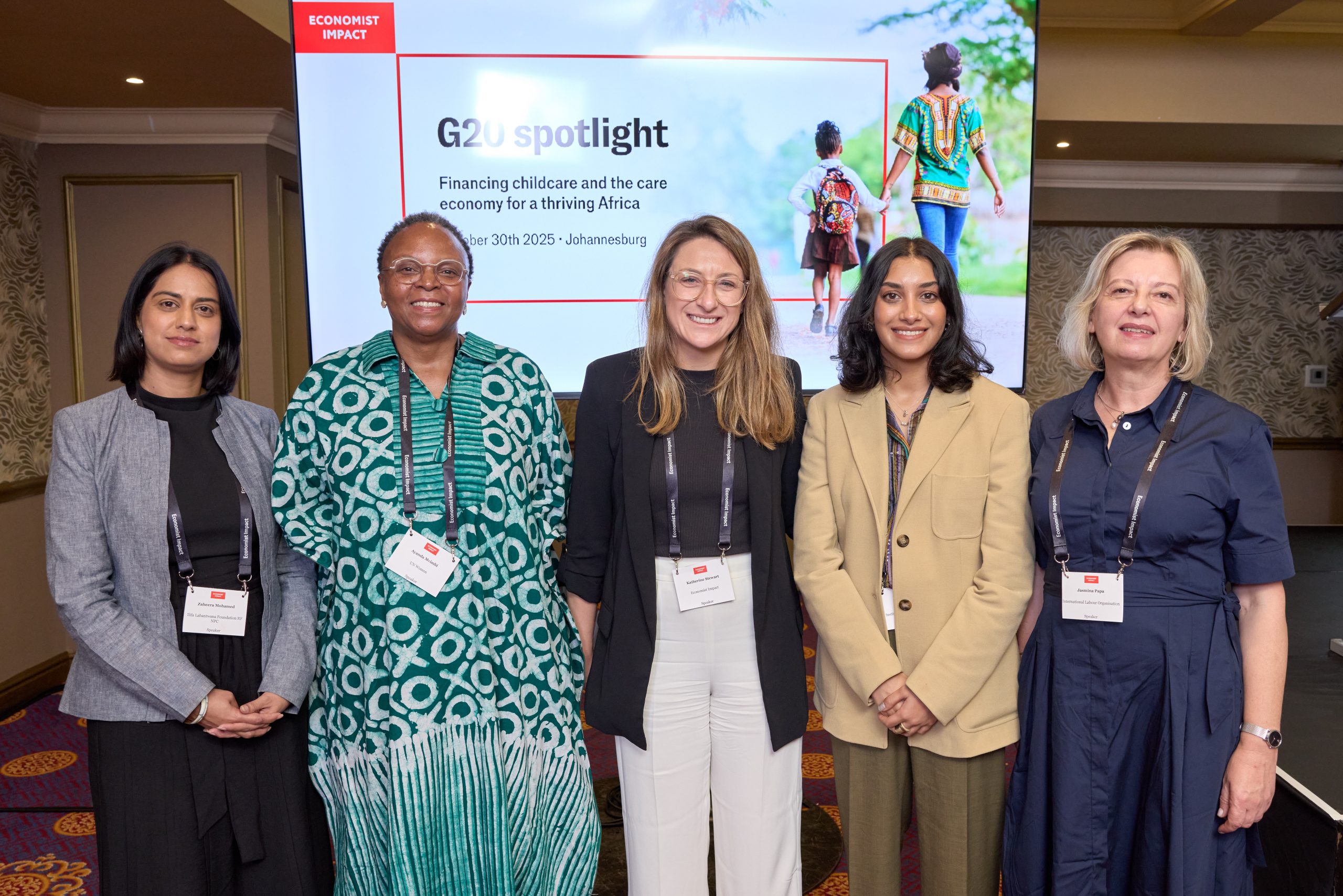KISUMU, Kenya, November 1st –Kenya stands at a turning point in its fight against HIV. For more than two decades, this country has been a leader in Africa in controlling the epidemic. Strong partnerships between government, communities, and donors have saved millions of lives.
Through this shared effort, new infections have dropped, more people are on treatment, and stigma has slowly reduced. But today, that progress is under threat. The danger is silent and real, coming in the name of technology, cost-cutting, and hurried reforms.
Kenya has one of the largest HIV populations in the world. Around 1.4 million people are living with the virus, placing Kenya among the top four most affected countries in Africa. This success story has been built largely on donor support.
International donors such as PEPFAR and the Global Fund have provided up to 80 percent of all HIV funding in Kenya. With donor withdrawal underway, the government and counties are under pressure to sustain services within limited local resources.
In response, Kenya is integrating HIV services into general outpatient departments. The idea sounds modern and efficient. It promises shared systems, reduced stigma, and better coordination. But the reality is far more complicated. The process is being rushed, with limited planning, few human resources, and little involvement of people living with HIV (PLHIV).
Patients Confidentiality
There are no national standards to guide how integration should happen. Each county and facility is interpreting integration in its own way. The result is confusion and anxiety among clients who once found safety and privacy in comprehensive care centers.
When privacy is compromised, trust collapses. PLHIV are now queuing alongside general patients, their files handled by staff unfamiliar with HIV confidentiality protocols. Without strong data protection measures, personal information can easily leak.
This loss of trust can discourage early treatment, leading to advanced HIV disease and tuberculosis co-infection. Both are costly to treat and push many families into financial crisis in a country already struggling with a tight health budget and systemic challenges such as corruption and poor accountability.
Kenya’s Data Protection Act 2019 and the Constitution guarantee every citizen the right to privacy. To build on this, the Ministry of Health has established the Digital Health Agency (DHA) under the Digital Health Act 2023, which seeks to create a secure and integrated national digital health ecosystem.
This includes a self-service portal that allows citizens to access their medical records safely, track health products, and monitor hospital bed capacity. These are bold and visionary steps toward a connected health system that can improve efficiency and strengthen accountability.
However, while the technology is advancing, the reality on the ground shows that digital literacy remains very low. Studies show that less than 30 percent of Kenyans have the digital skills needed to use online health systems confidently and safely.
Many health workers, especially in rural areas, have limited training in digital tools. Communities often lack understanding of how data is collected, stored, and shared. Without closing this digital literacy gap, the dream of a secure, efficient, and citizen-driven digital health system will remain out of reach.
The use of gadgets such as tablets, mobile phones, and laptops among health workers and community health promoters is now common. While these tools help in data collection and reporting, they also pose new risks. Devices are often lost, stolen, or disposed of without clearing sensitive data.
Some health workers use personal gadgets without password protection or encryption, which can expose patient records to unauthorised access. A single incident can breach confidentiality and undo the trust that has taken years to build.
The Ministry’s digital health vision must therefore go hand in hand with digital literacy training, data protection awareness, and ethical use of technology. Every health worker, from the nurse in a rural dispensary to the data clerk in a referral hospital, must understand how to handle health data securely. Every citizen must also be empowered to know their rights and how to use digital health services safely.
Drugs Stockouts
Meanwhile, integration of HIV services continues amid stockouts, staff shortages, and the introduction of the Social Health Insurance Fund (SHIF) and the Social Health Authority (SHA). Many people living with HIV are unsure whether treatment will remain free or how they will access it under the new system.
These policy shifts, combined with digital transformation and integration, could weaken care and reverse years of progress if not managed carefully.
Kenya’s journey in the global HIV response has been one of resilience, innovation, and leadership. We cannot afford to let this legacy fade because of poor planning or unequal access to technology. The digital health revolution is not only about systems and software. It is about people, protection, and trust.
If Kenya gets this right, digital health can strengthen care, improve accountability, and empower citizens. But if we get it wrong, we risk exposing patients, widening inequalities, and losing the hard-won HIV gains that define our success story.
The future of health in Kenya must be digital, but it must also be safe, inclusive, and human-centred.
Erick Okioma is a TB HIV Advocate and the Vice Chairperson, Network of TB Champions Kenya.




Despite progress in connectivity, Kenya’s digital literacy and access remain unequal. Nationwide internet use in 2024 stood at about 35 percent. In urban areas it was around 43 percent, while in rural areas it was as low as 14 percent. Smartphone ownership was about 65 percent in urban areas and 45 percent in rural ones, but many people still struggle to use apps for banking, learning, health, and government services. Awareness of data safety, online privacy, and the risks of fraud or identity theft remains very low, with limited understanding of how to protect personal information. Digital tools that support community led monitoring in health and social services, such as iMonitor and One Impact, are still underused because of low digital literacy and poor connectivity in rural areas. Reliable electricity, which is essential for charging and regular device use, is still inconsistent in many regions. As a result, large sections of the rural population remain excluded from safe and meaningful digital participation despite national growth in internet and mobile access.